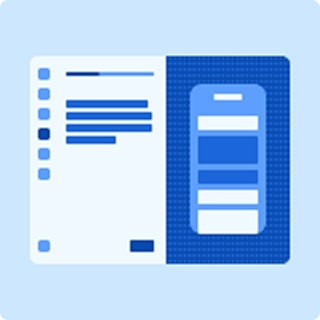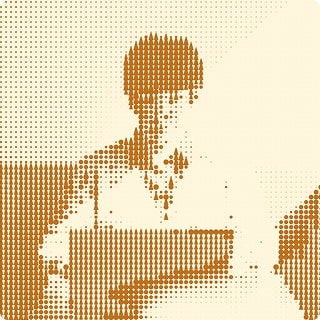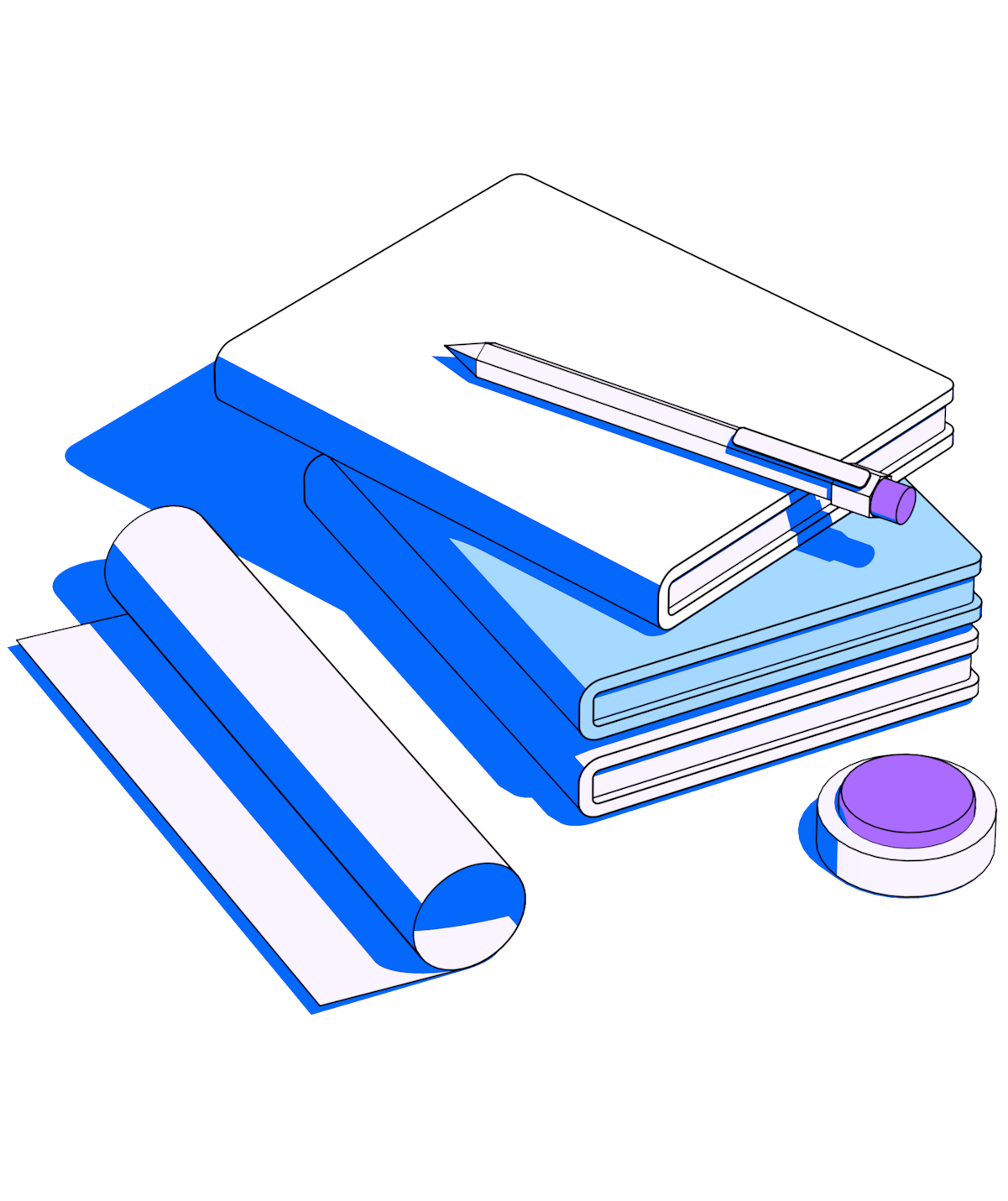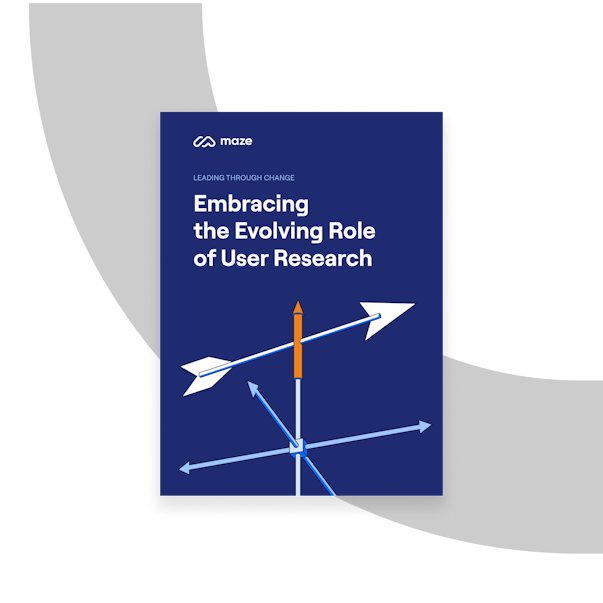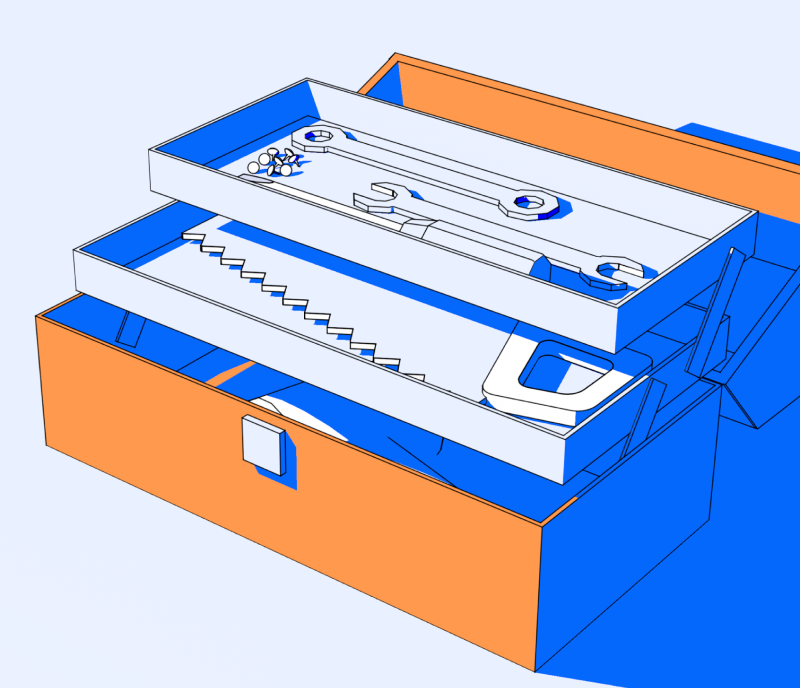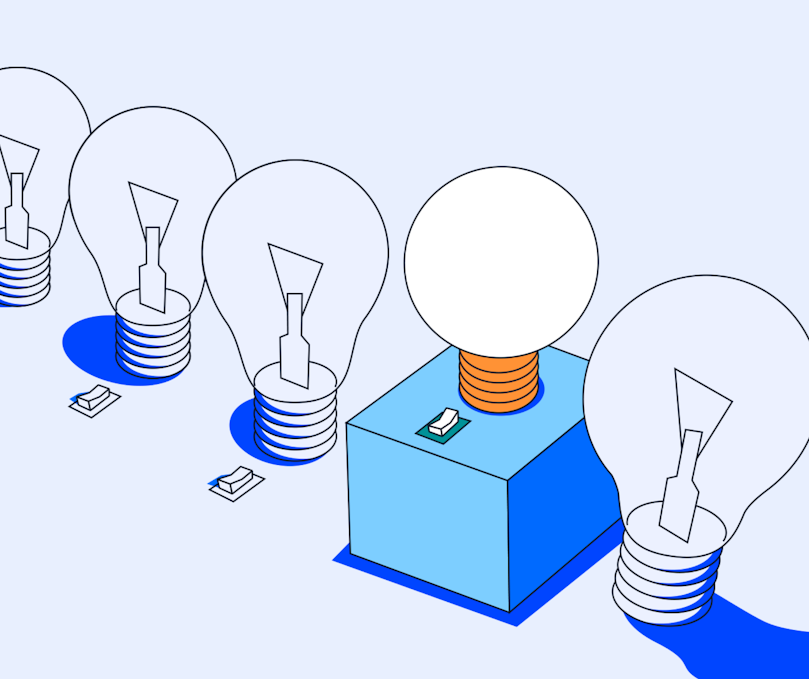Great UX is more than a combination of design elements and functionality. It sparks joy in unexpected places. It leaves users feeling satisfied and understood. And sometimes, the best UX isn’t even noticeable at all.
One of the easiest ways to upskill and inspire your own UX design is by reading books from people who are passionate about creating intentional user experiences.
So here’s our curated list of 15 must-read UX design books for every level. From beginners hungry for the basics to advanced designers ready to dive into complex strategies, or those just looking for a fresh batch of inspiration.
Each recommendation comes with reviews, quotes to ignite your imagination, and even Goodreads ratings so you can pick your next read with confidence.
Essential UX books
Starting off, these are the foundational texts every UX professional should read to understand the core principles of user experience design.
1. ‘The Elements of User Experience: User-Centered Design for the Web’ by Jesse James Garrett

- 4.01 stars
- Published in 2002
- For beginners and intermediate designers
This book breaks down the complexity of user experience design into five simple planes: Strategy, Scope, Structure, Skeleton, and Surface. Jesse James Garrett’s framework is a roadmap for creating intuitive, effective, and engaging digital experiences.
Garrett starts with the foundational strategy—defining user and business goals—and builds up to the surface layer, where visuals and interaction design take shape. Each plane is explained with practical examples, making it easy to connect abstract concepts to real-world applications.
Great user experiences are not accidents. They are the result of careful planning and consistent execution across every layer of the product.
Share
2. ‘Don't Make Me Think, Revisited: A Common Sense Approach to Web Usability’ by Steve Krug
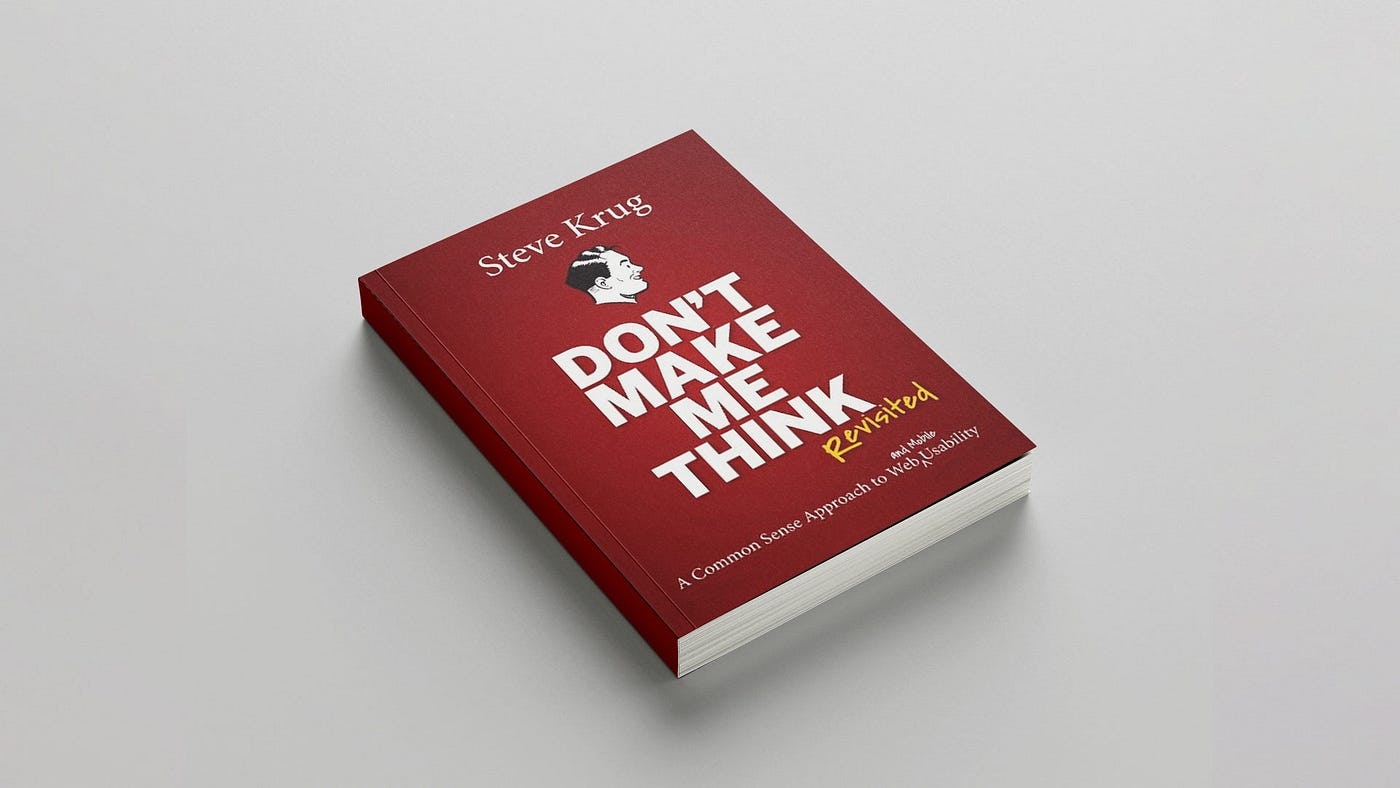
- 4.24 stars
- Published in 2000
- For beginners and seasoned designers
In this book, Krug emphasizes that websites should be self-explanatory, allowing users to navigate without confusion. He introduces the concept of eliminating unnecessary elements to enhance clarity, famously advising: "Get rid of half the words on each page, then get rid of half of what's left."
The 'common sense' philosophy here is all about understanding users—what they want, how they think, and why simplicity always wins.
One of the most famous concepts from the book is "don't make me think." Krug explains that every second a user spends figuring out your interface is a second closer to frustration or abandonment. He advises:
If something requires even a moment’s thought, you’re doing it wrong.
Share
The updated Revisited edition includes insights on mobile usability, responsive design, and updated examples, keeping the book relevant in today’s digital landscape. Krug even offers practical advice on usability testing, showing how to test with a small group of users to uncover big design problems quickly.
3. ‘Universal Principles of Design’ by William Lidwell
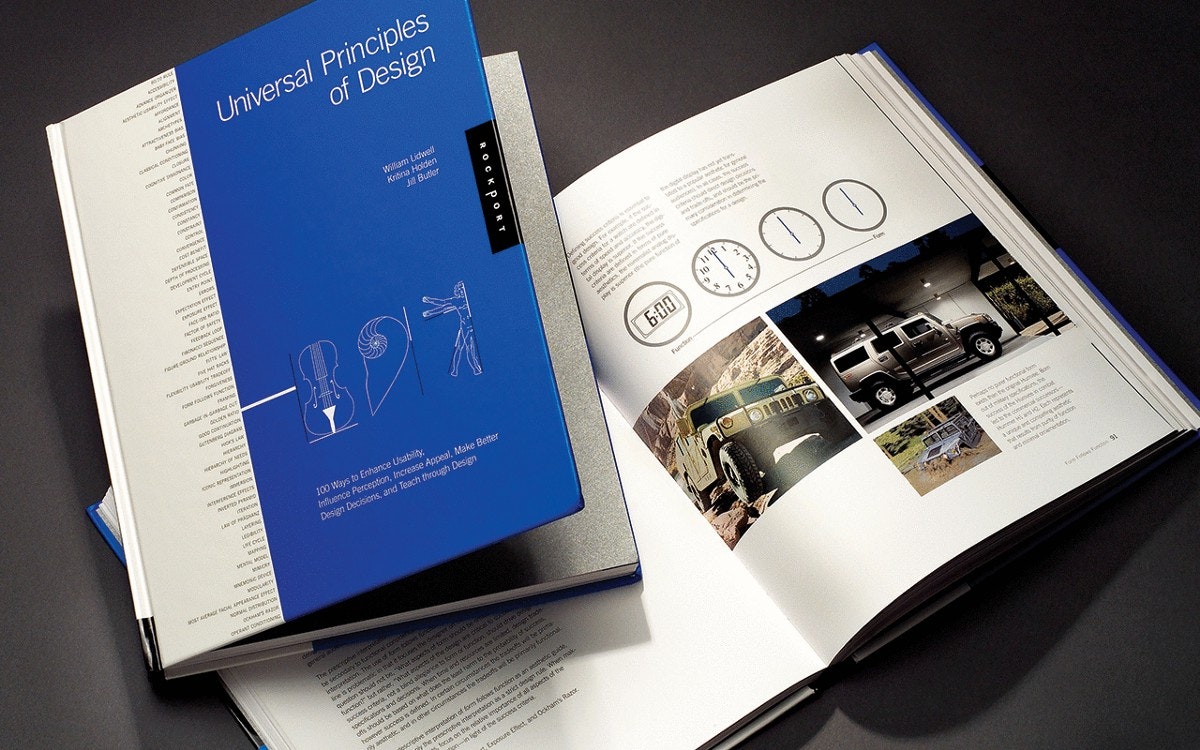
- 4.16 stars
- Published in 2003
- For designers of all levels
This book serves as a cross-disciplinary reference, detailing 100 fundamental design principles that span fields such as architecture, product design, web design, and user experience.
A memorable quote from the book sums it up perfectly:
Every element in a design should be expressed to the extent necessary, but not beyond the extent necessary. Excess is noise.
Share
William expertly breaks down complex design theories into digestible, two-page spreads for each principle, making it easy to grasp and apply these concepts in practice. The book covers a wide range of topics, from well-known principles like the Golden Ratio and Fitts' Law to less familiar concepts such as the Aesthetic-Usability Effect and the 80/20 Rule.
Top UX books for beginners
Our selection for those just starting their journey into UX, offering accessible insights and practical advice.
4. ‘The Basics of User Experience Design: A UX Design Book by the Interaction Design Foundation’ by Mads Soegaard
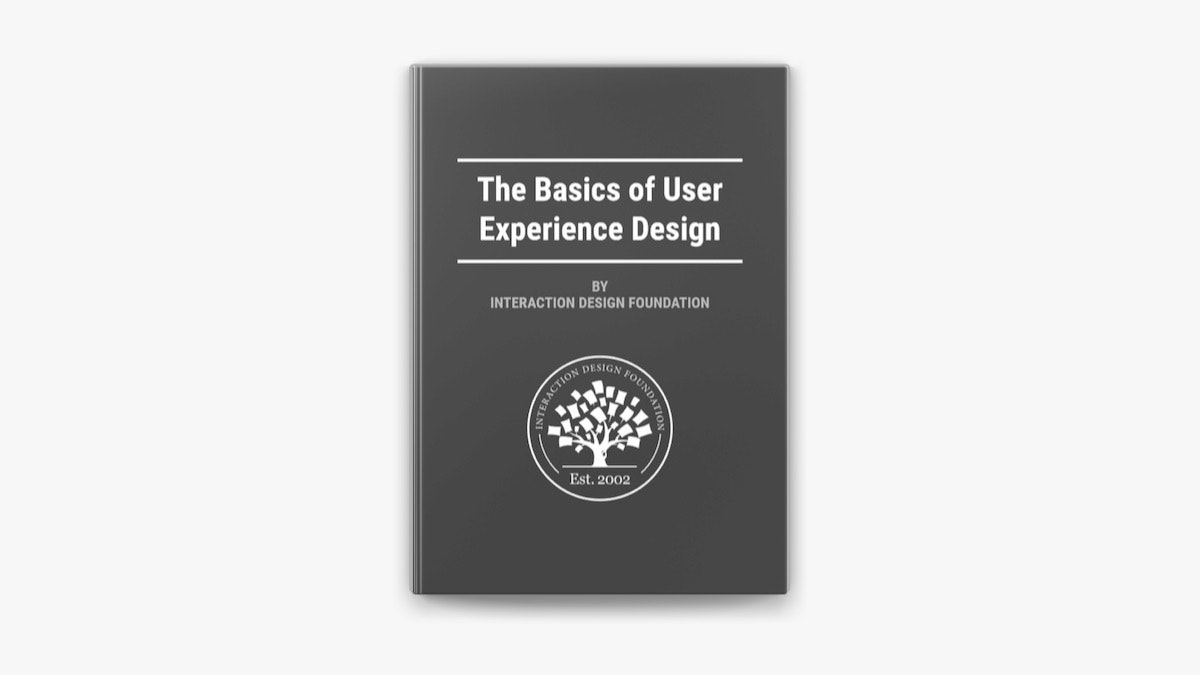
3.65 stars
Published in 2018
For beginners and aspiring designers
Written by Mads Soegaard, the founder of the Interaction Design Foundation, the book explains essential UX concepts like Design Thinking, Usability, User Research, and Interaction Design.
One of the quotes from the book drives home its pragmatic focus:
Good design is about solving problems, not adding features.
Share
While the book provides foundational knowledge, it’s not a deep dive into specific methodologies or advanced techniques. Instead, it offers a roadmap for beginners, outlining key areas to explore further. A useful addition is the emphasis on designing for mobile-first experiences.
5. ‘UX for Beginners: A Crash Course in 100 Short Lessons’ by Joel Marsh
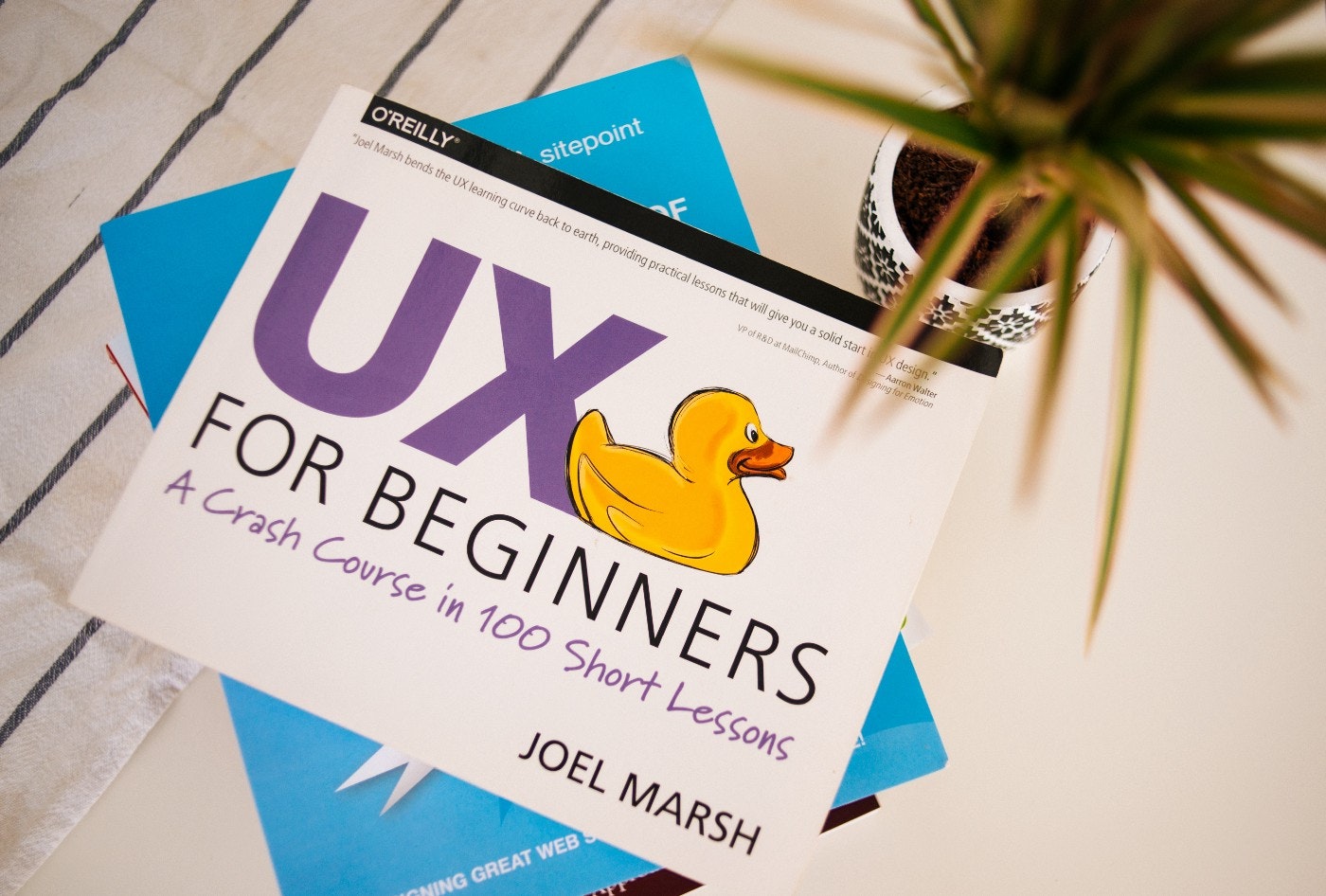
- 4.06 stars
- Published in 2016
- For beginners and aspiring UX designers
Joel Marsh, known for his engaging and witty style, covers the entire UX design process—from user research and wireframing to usability testing and interface design. Marsh's writing style is lively and humorous, making the learning process enjoyable for readers new to the field.
He says:
Everything has a user experience. Your job is not to create the user experience. Your job is to make it good.
Share
Apart from aspiring UX designers, the book is valuable for all UX team managers, programmers, salespeople, and marketers who want to understand more about designing digital products and services.
6. 'The Design of Everyday Things' by Don Norman
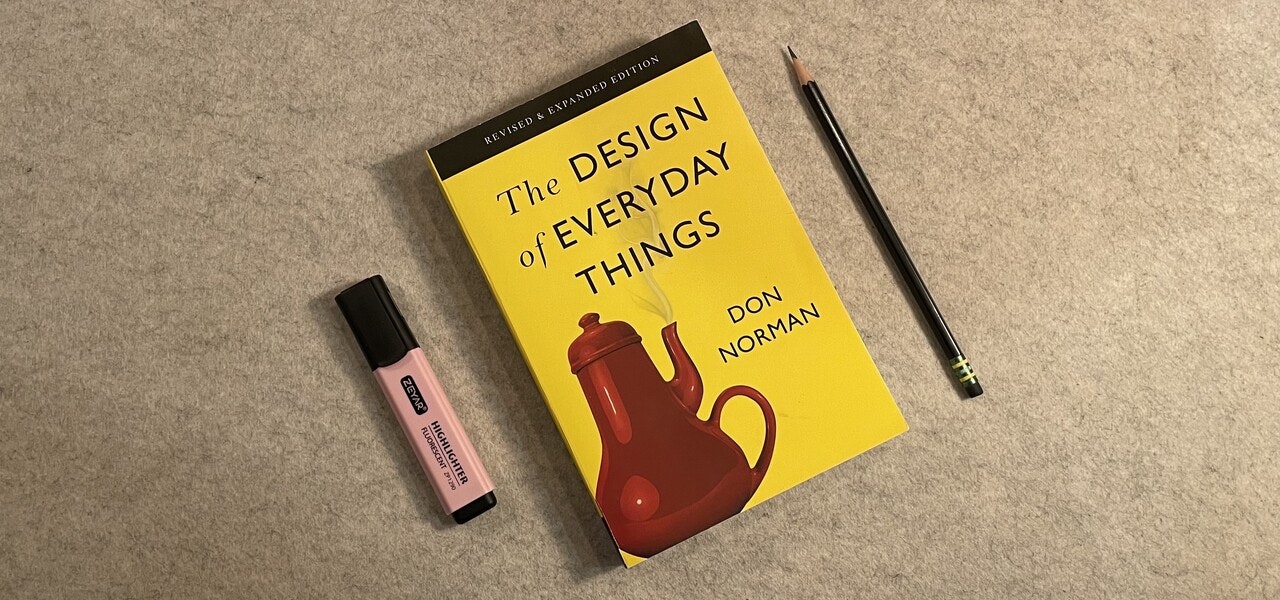
- 4.15 stars
- Published in 1988
- For beginners and intermediate designers
This book is all about how design is applied to the world around us. Less to do with UX or graphic design, Don Norman’s classic reveals the ingenuity of the design behind everyday objects.
Illustrator and designer Petra Sitaru sums up her main takeaway:
“I read this book a while back, but I still remember the most important thing I learned: good design becomes invisible by fulfilling its purpose. The only time people really notice design is if it’s not doing its job.”
If you ever wondered why doors are shaped like they are, this book will help explain things–an absolute essential for designers of all kinds.
Must-read product design books
Focused on building products with user-centered design, these titles bring informative chapters on the blend of design, psychology, and strategy needed for great user experiences.
7. ‘Hooked: How to Build Habit-Forming Products’ by Nir Eyal
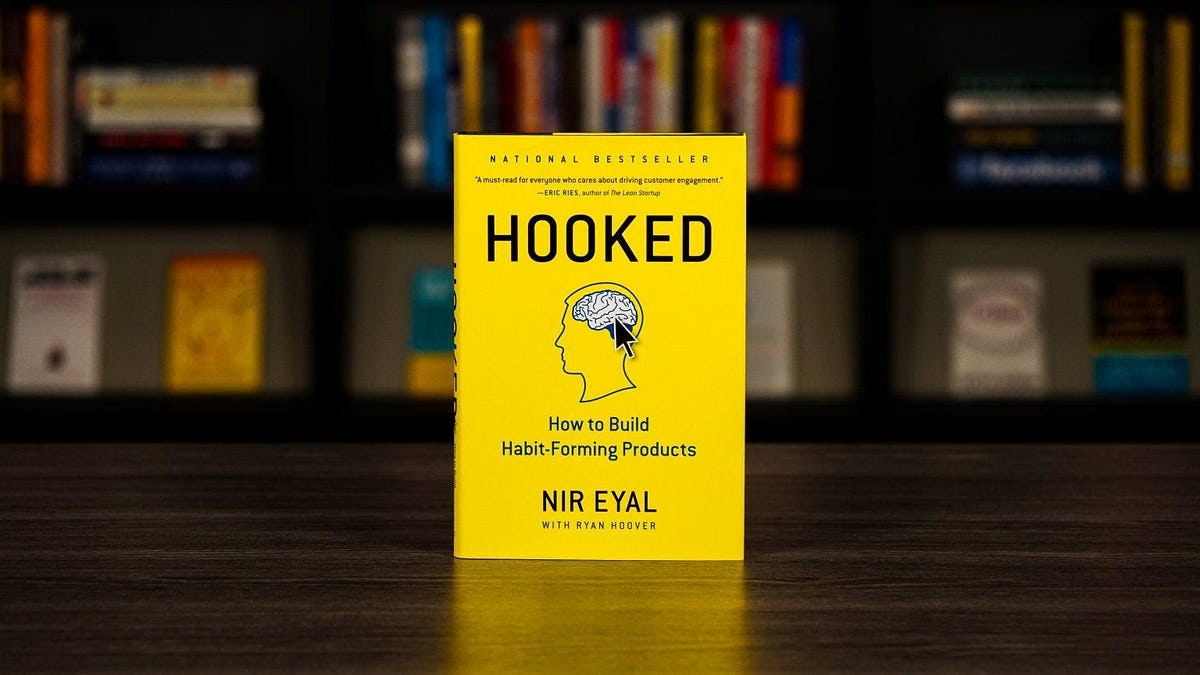
- 4.12 stars
- Published in 2013
- For intermediate and advanced designers, product managers, and entrepreneurs
Nir Eyal introduces UX design framework the Hook Model, a four-step framework (Trigger, Action, Variable Reward, and Investment) that drives user behavior and loyalty. Each step is backed by behavioral science, making this book as much about psychology as it is about product design.
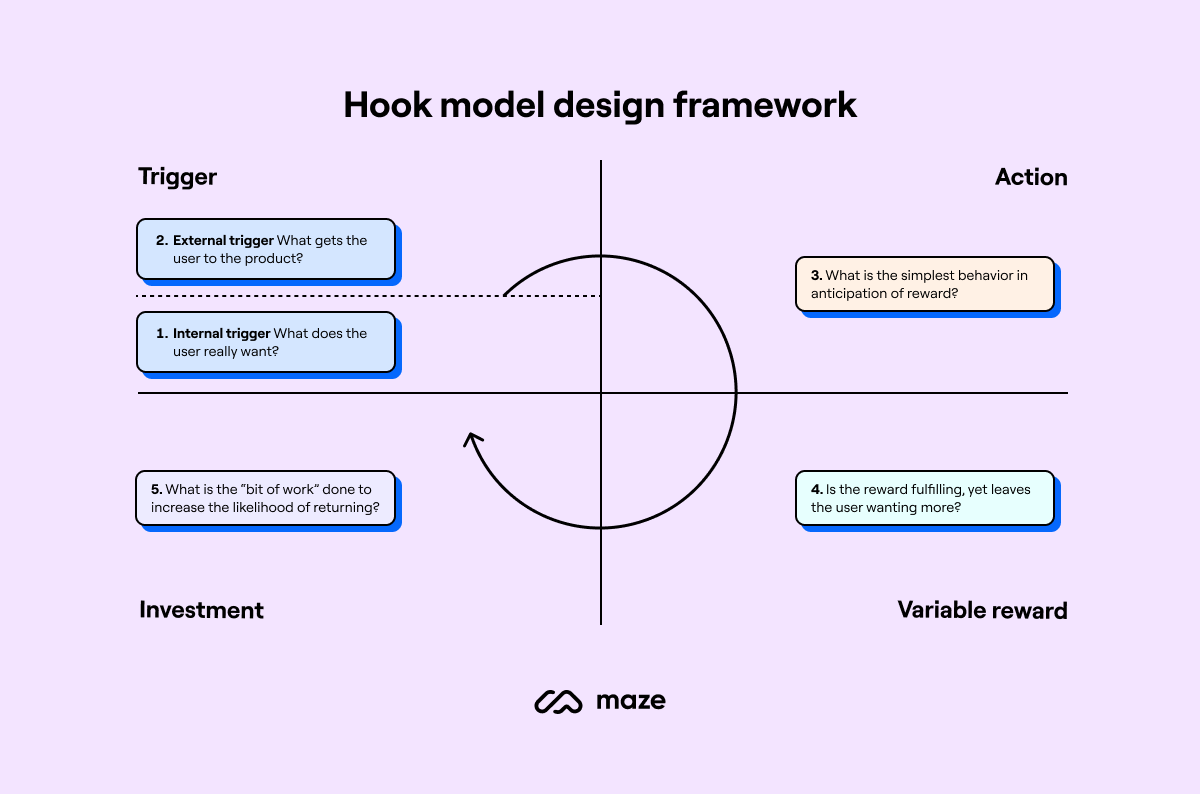
The book includes practical exercises at the end of each chapter, helping readers apply the concepts to their own products. It’s a hands-on playbook for anyone building apps, platforms, or digital services.
For a habit to form, products must create an association between a trigger and an action the user takes.
Share
8. ‘Killer UX Design’ by Jodie Moule
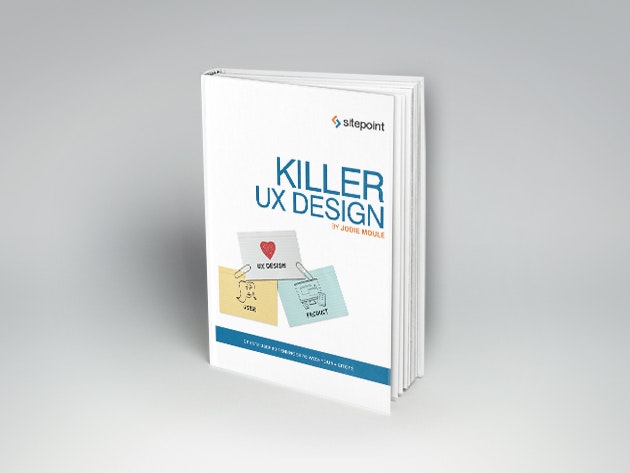
- 3.64 stars
- Published in 2012
- For beginners and intermediate designers
This book is all about connecting the dots between understanding users and crafting designs that actually work for them. Jodie Moule, a psychologist-turned-UX designer, blends behavioral science with practical design methods, making this a hands-on guide for solving real user problems.
You are not your user.
Share
One of the highlights is Moule's storytelling. She shares real-world case studies, like designing for financial services or healthcare, showing how she navigated constraints and balanced user needs with business demands. These stories go beyond theory, showing you what happens when the rubber meets the road.
For a brief introduction by the author herself, check out this video:
9. ‘Smashing UX Design: Foundations for Designing Online User Experiences’ by Jesmond Allen & James Chudley
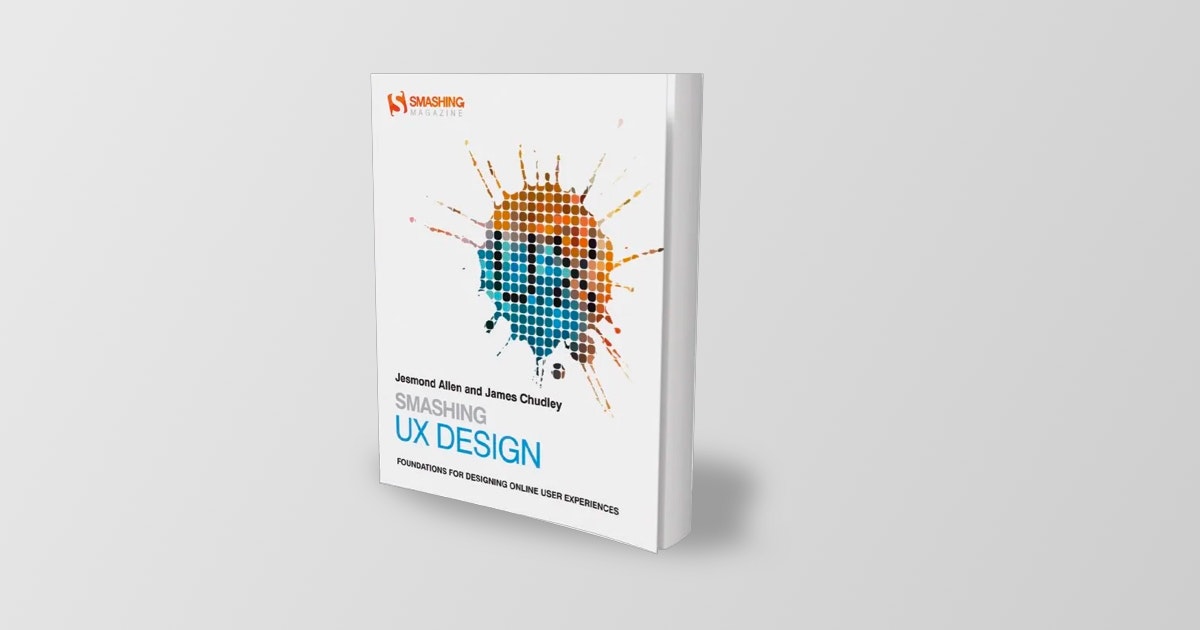
- 4.09 stars
- Published in 2012
- For beginners and intermediate designers
Allen and Chudley cover the entire process—from user research and user personas to wireframing, prototyping, and usability testing. What makes this book stand out is its emphasis on choosing the right UX platform for the job, with detailed explanations of 16 common UX design and research techniques.
The book also offers checklists, templates, and tips to help designers integrate UX practices into their UX workflows. Whether you're designing for e-commerce, content-heavy platforms, or niche services, these resources make it easier to apply the principles discussed.
Nadya Tsech, a UX designer with a significant following on Goodreads, says:
"I think it should be the 2nd book every beginner UX designer should read (after Don't make me think). There you find the whole UX process step by step, examples of real projects and descriptions of UX techniques and tools."
Books on usability and design
Next up, we’re highlighting the cross-section of usability and intuitive design, with these books teaching how to create seamless user experiences.
10. ‘100 Things Every Designer Needs to Know About People’ by Susan Weinschenk
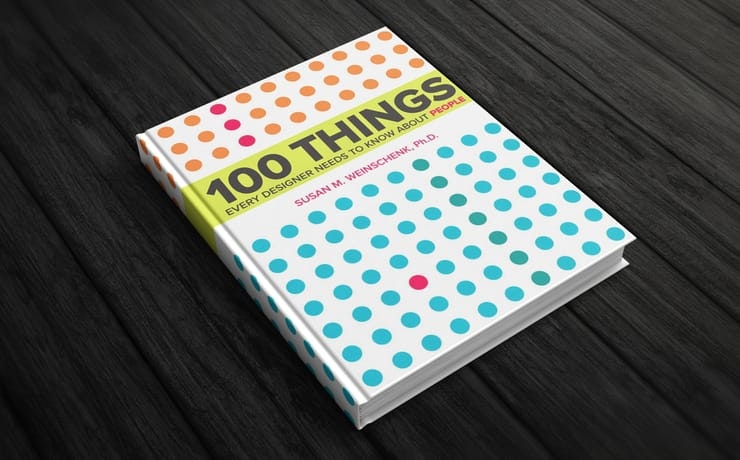
- 4.09 stars
- Published in 2011
- For beginners and intermediate designers
This book translates key psychological principles into actionable advice for designers. Susan Weinschenk, a behavioral psychologist, presents 100 concise insights about how users think, process information, and make decisions. It covers practical topics like attention spans, memory retention, visual perception, and decision-making triggers.
One of the most impactful quotes from the book highlights the importance of understanding user behavior in the design process:
People are very willing to click multiple times. In fact, they won't even notice they're clicking if they're getting the right amount of information at each click to keep them going down the path. Think progressive disclosure; don't count clicks.
Share
11. ‘A Project Guide to UX Design’ by Russ Unger & Carolyn Chandler
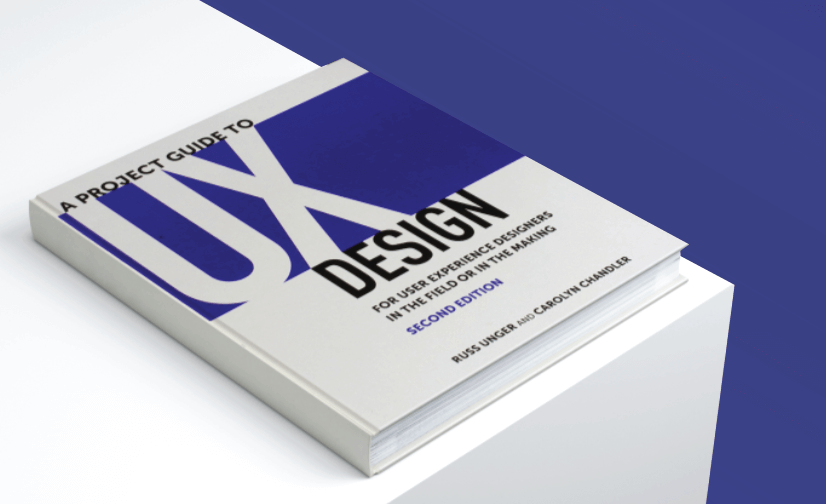
- 3.50 stars
- Published in 2023
- For beginners and intermediate designers
This book is like having a roadmap for the entire UX process. Unger and Chandler break down complex workflows into manageable steps, covering everything from planning and UX research to design and delivery.
If you are a young designer entering or contemplating entering the UX field this is a canonical book. If you are an organization that really needs to start grokking UX this book is also for you.
Chris Bernard
User Experience Evangelist at Microsoft
Share
With real-life examples, checklists, and practical exercises, this guide goes beyond theory. One of the standout lessons from the book is how it demystifies the collaborative aspects of UX and UI design. The authors highlight strategies for communicating with clients, developers, and other team members, ensuring that UX goals align with business objectives.
For example, the book explores how to use storytelling through personas to advocate for user needs during decision-making.
The best user experience work doesn’t happen in isolation; it thrives when collaboration and communication are at its core.
Share
UX books for experienced UX professionals
For experienced UX designers, these books dive into advanced strategies and specific methodologies.
12. 'Interaction of Color' by Josef Albers
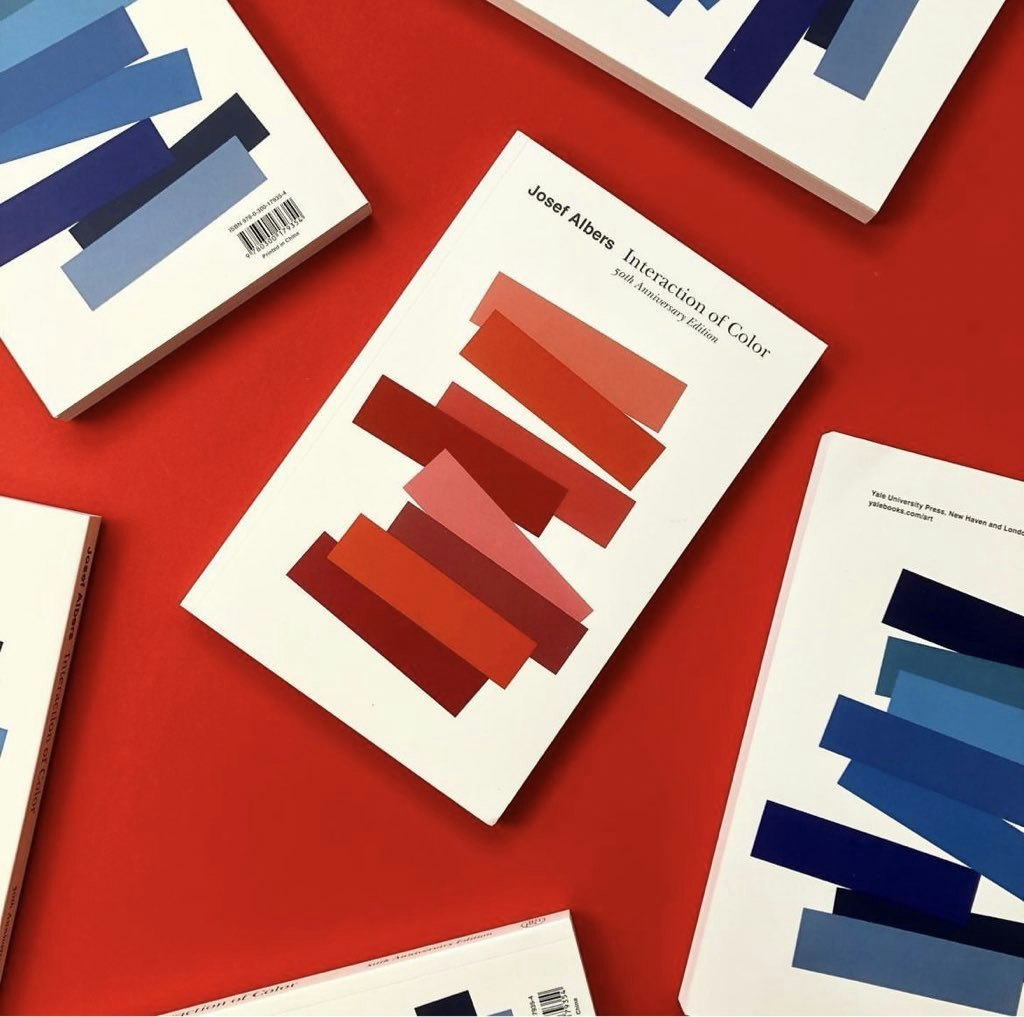
- 4.7 stars
- Published in 1971, revised in 2021
- For intermediate and experienced designers
Using color effectively is one of the great challenges of UX design. For design teachers, students, or professionals, Albers’ influential work on color theory demonstrates how to think outside the box of safe color palettes in an economical and impactful way.
13. ‘UX Design 2020: The Ultimate Beginner's Guide to User Experience’ by Theo Farrington
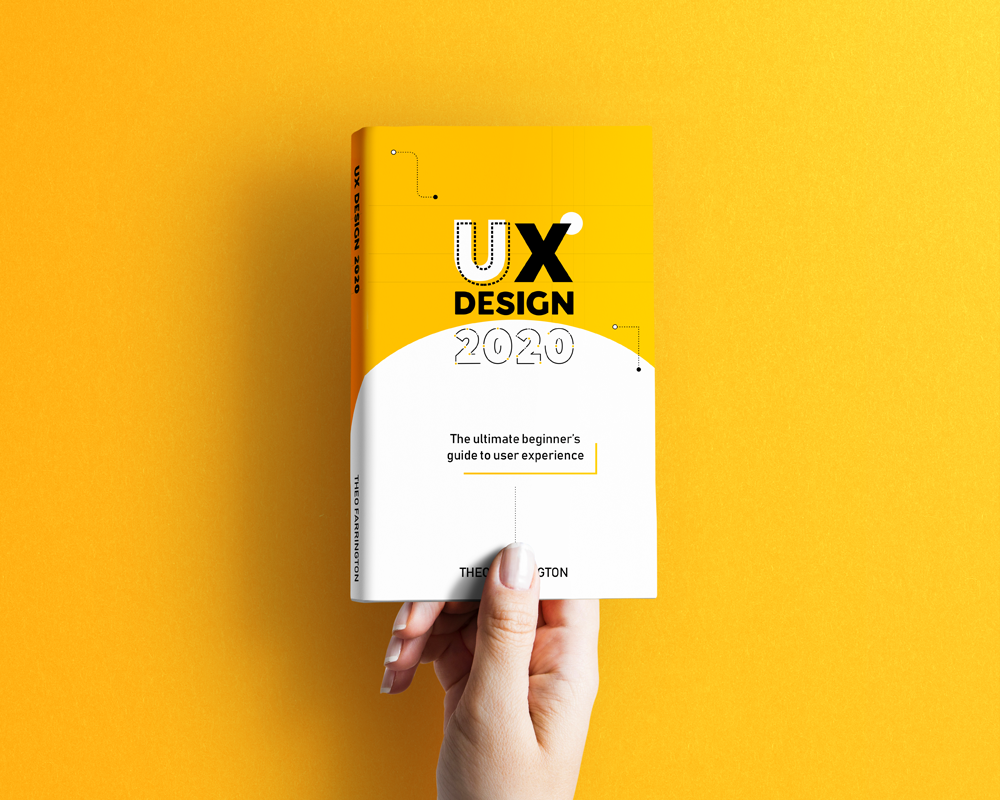
- 4.05 stars
- Published in 1988
- For beginners and individuals transitioning into UX design
Written by a senior UX designer and director, the book provides a comprehensive overview of the principles, processes, and career opportunities in UX. He highlights the importance of empathy and human-centered design as the foundation for creating meaningful products.
Readers have praised the book for its clear and accessible approach. Nicole, a reviewer, noted that it provides "a good outline of terminology and the barest essentials of the process."
14. ‘About Face: The Essentials of Interaction Design’ by Alan Cooper, Robert Reimann, David Cronin, & Christopher Noessel
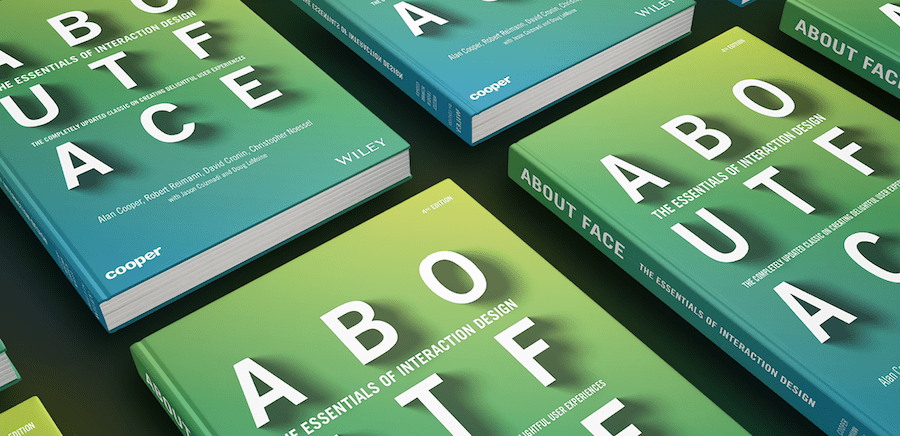
- 4.44 stars
- Published in 1995 (latest edition: 2014)
- For intermediate and advanced designers
This book is widely considered a foundational text in interaction design. It focuses on goal-directed design, a method that starts with understanding user needs and ends with designs that address those goals effectively. The book walks you through key concepts like personas, user scenarios, and workflows, providing a structured approach to solving design problems.
A highlight of the book is its explanation of design postures, which categorize applications based on how users interact with them:
- Sovereign apps: Applications used for extended periods (e.g. Photoshop)
- Transient apps: Quick-use tools for specific tasks (e.g. a calculator)
- Daemonic apps: Background processes users rarely interact with directly
Don’t just design for usability. Design for delight and efficiency while solving real problems for users.
Share
15. ‘The UX Book’1 & 2 by Rex Hartson & Pardha Pyla
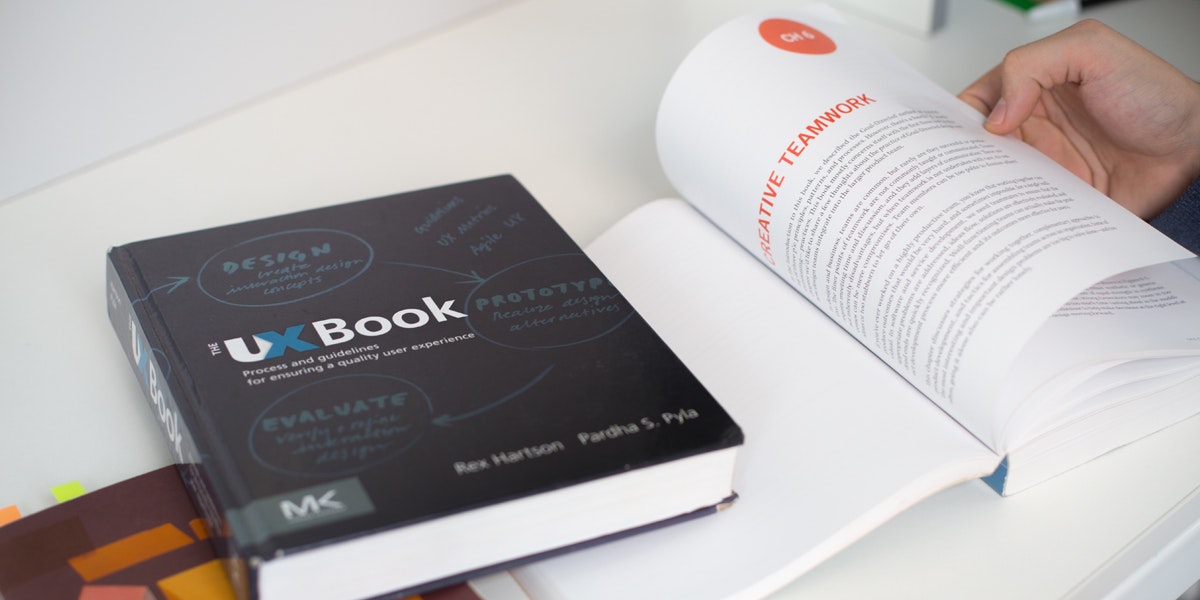
- 3.84 stars
- Published in 2018, second revision in 2019
- For intermediate and advanced designers
An all-encompassing book for all-things UX design, Hartson and Pyla's first and second edition of The UX Book are well worth reading. They introduce the UX lifecycle, a framework that guides designers through stages like contextual inquiry, analysis, design, and evaluation.
Another notable concept from the book is the UX funnel model, which illustrates how UX activities align with agile development cycles to improve collaboration between designers and developers.
The UX Book takes on a big challenge: a comprehensive overview of what it takes to design great user experiences. Hartson and Pyla combine theory with practical techniques: you leave the book knowing not just what to do, but why it's important.
Whitney Quesenbery
Author of ‘Global UX: Design and research in a connected world’
Share
Deliver good UX every time
Whether you’re refining design skills, exploring cognitive psychology, or aligning with stakeholders in agile teams, the books on this list provide the tools to create better products.
As you pick your next read from this list of the best books in UX, remember: great design is a practice, not a destination.

